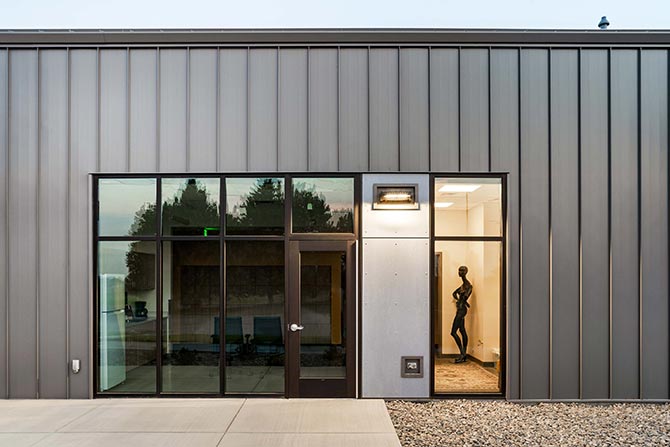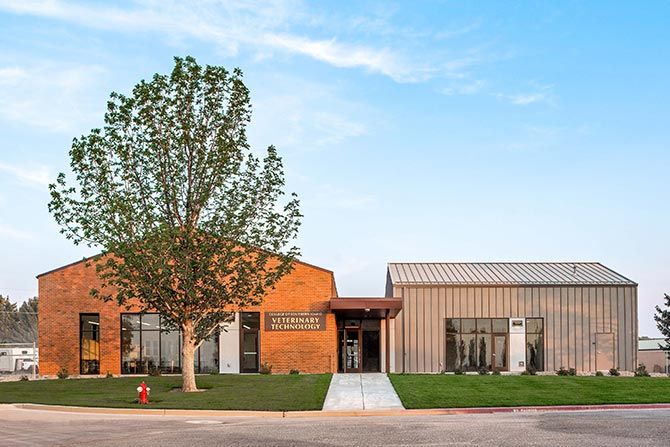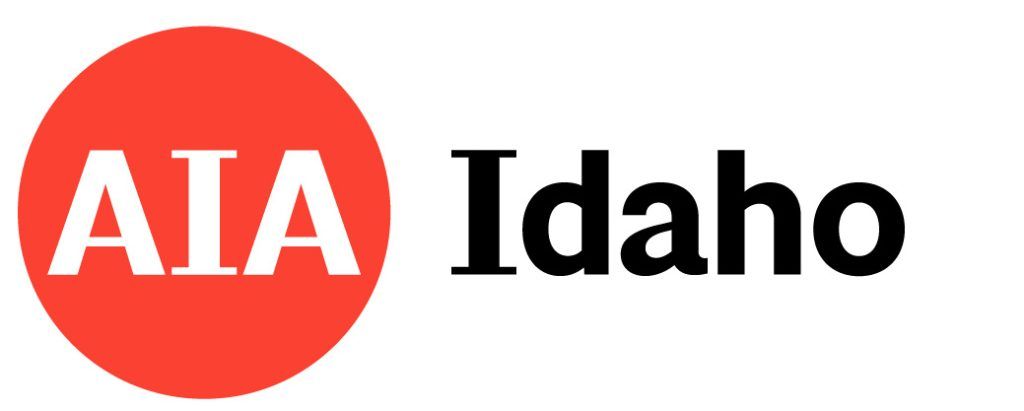Project By: Pivot North Architecture
Project Size: 6,000 sq. ft.
Location: Twin Falls, ID
Design Team
Pivot North Architecture / Architect
Clint Sievers, AIA / Principal in Charge
Richard Carlos, AIA / Project Manager
Michael McHugh / Project Designer
Collaborators
College of Southern Idaho / Owner/Developer
Starr Corporation / Contractor
Pivot North Architecture / Architect
EHM Engineers Inc. / Civil Engineer
Stack Rock Group / Landscape Architect
Musgrove Engineering, P.A. / Mechanical Engineer
Musgrove Engineering, P.A. / Electrical Engineer
Axiom PLLC / Structural Engineer
Animal Arts / Specialty Consultant
Located in Twin Falls, Idaho, the College of Southern Idaho’s Veterinary Technology building is a state-of-the-art facility designed to recruit and educate the next wave of the workforce in Southern Idaho. The exterior design gives a nod to agriculture while seamlessly weaving itself into the context of campus using brick, glass and metal.
The building was formerly used as a private veterinary clinic called A Pet’s Place and was remodeled for education in 1998. Some challenges to the program at this facility were a lack of space for teaching and equipment storage, conflict between the cat and dog housing, it was disconnected from the main campus, had accessibility deficiencies and had a lack of parking for staff and students.
The new location on campus is situated to the east and north of the current Expo Center, next to the existing facility for large animals. The outdoor areas for animals were placed away from the housing for large animals, the public trail system and the nearby office park to minimize noise levels. Landscaping was planned to create an additional barrier for sound between the new facility and the spaces for large animals.
The program greatly informed the articulation of the building volume, providing for a simple yet unique material expression: one building volume for the housing and care of the animals (the gabled metal form) and one building volume for the academic/animal treatment operations (the gabled brick form). These two forms were connected via the entry and oversized circulation areas as well as the much-needed common space where students are able to meet and engage with one another.
The new building offers housing for dogs, cats and exotics, indoor and outdoor animal play space, food preparation, treatment lab, surgery, radiology, pharmacy (which is shared with the large animal facility), multi-use lab, office space and student commons. Its strategic location on campus provides students with easy access to the adjacent large animal facility, expo center, and other amenities. The building’s design prioritizes efficiency with a simple plan, flexibility with open space and ample infrastructure, simple building systems that can be easily maintained, and daylight in all of the education and housing spaces for the health of humans and animals.











